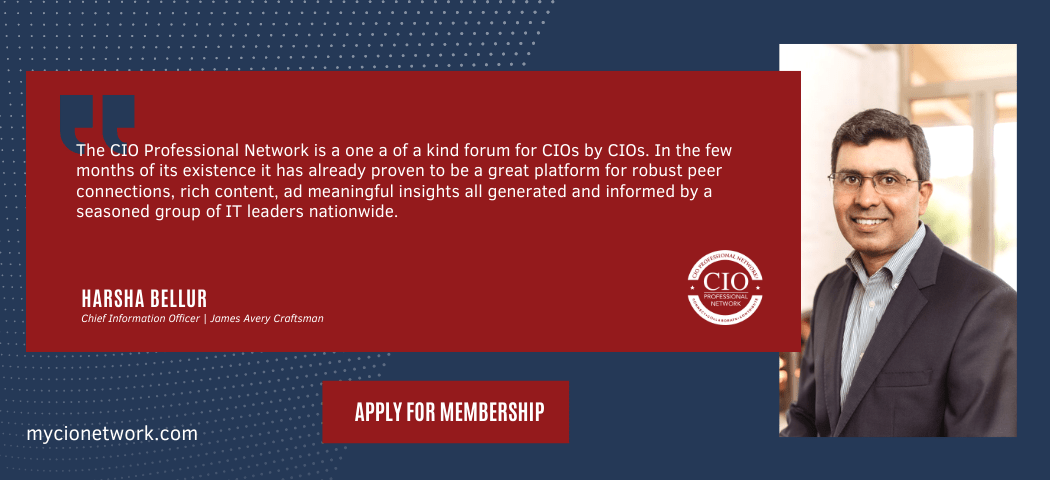As generative AI progresses beyond initial experimentation, CIOs are faced with the critical task of scaling these technologies across their organizations. The transition from pilot projects to widespread implementation is fraught with challenges, requiring a strategic and disciplined approach. McKinsey’s latest insights reveal seven hard truths that CIOs must grapple with to ensure successful Gen AI integration.
The study delves into the practical realities CIOs must address to move past the “honeymoon phase” of Gen AI. By focusing on key areas such as cost management, change management, and technological consistency, CIOs can pave the way for scalable and sustainable AI initiatives that drive significant business value.

Why it matters: Understanding and addressing these seven hard truths is crucial for CIOs to unlock the full potential of Gen AI. By doing so, they can avoid common pitfalls, manage costs effectively, and achieve a sustainable competitive advantage.
- Hyperattentive Observability and Triaging: Gen AI models require constant monitoring due to their probabilistic nature and frequent updates. Tools that track real-time metrics like response time, accuracy, and user satisfaction are essential to promptly address inaccuracies or inappropriate responses.
- Managing Costs Effectively: Scaling Gen AI can lead to spiraling costs. CIOs must understand cost drivers and focus on cost optimization strategies, such as efficient model architecture and careful management of change actions. The ratio of costs between development and change management often leans heavily towards the latter.
- Change Management: Effective change management is the largest cost driver for Gen AI projects. CIOs should engage end users from the start and involve top employees in training models to ensure accurate and rapid learning. High-performing organizations often have robust performance-management infrastructures and comprehensive training programs for nontechnical staff.
- Technological Consistency: Avoiding the proliferation of multiple infrastructures, models, and tools is critical. Standardizing platforms and approaches can streamline operations and reduce complexity, ensuring more consistent and reliable AI implementation.
- ROI-focused Investments: Not all Gen AI applications require the same level of investment. Prioritizing low-latency, high-impact applications like customer service tools can maximize ROI, while less critical functions can be managed more cost-effectively. Continuous cost optimization should be a priority to drive down expenses over time.






